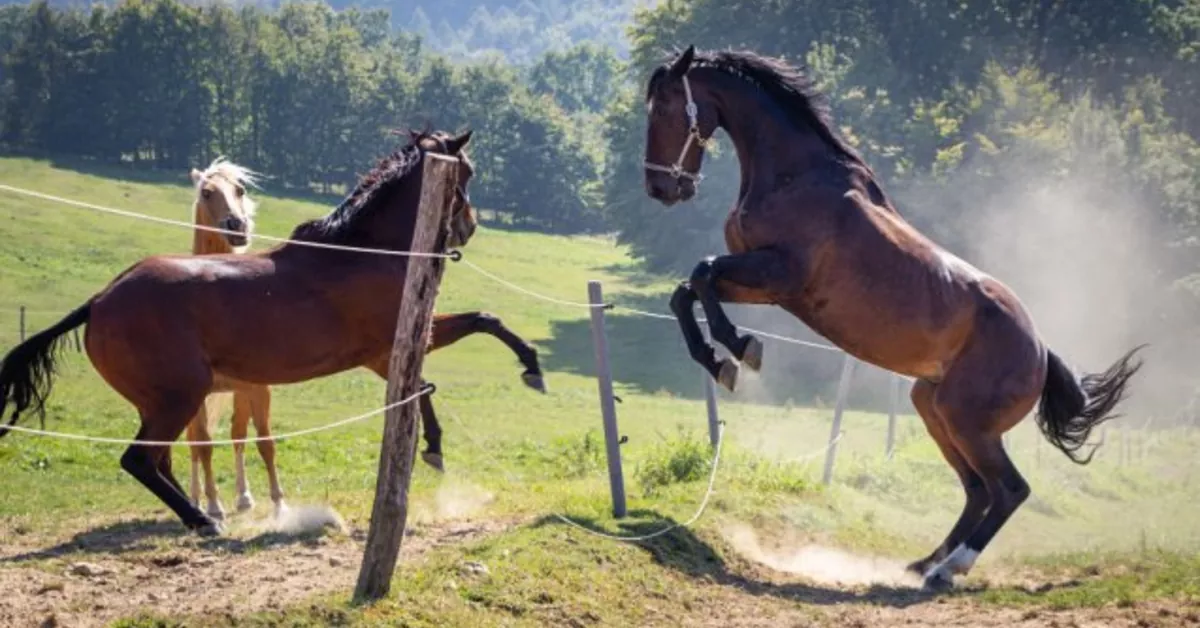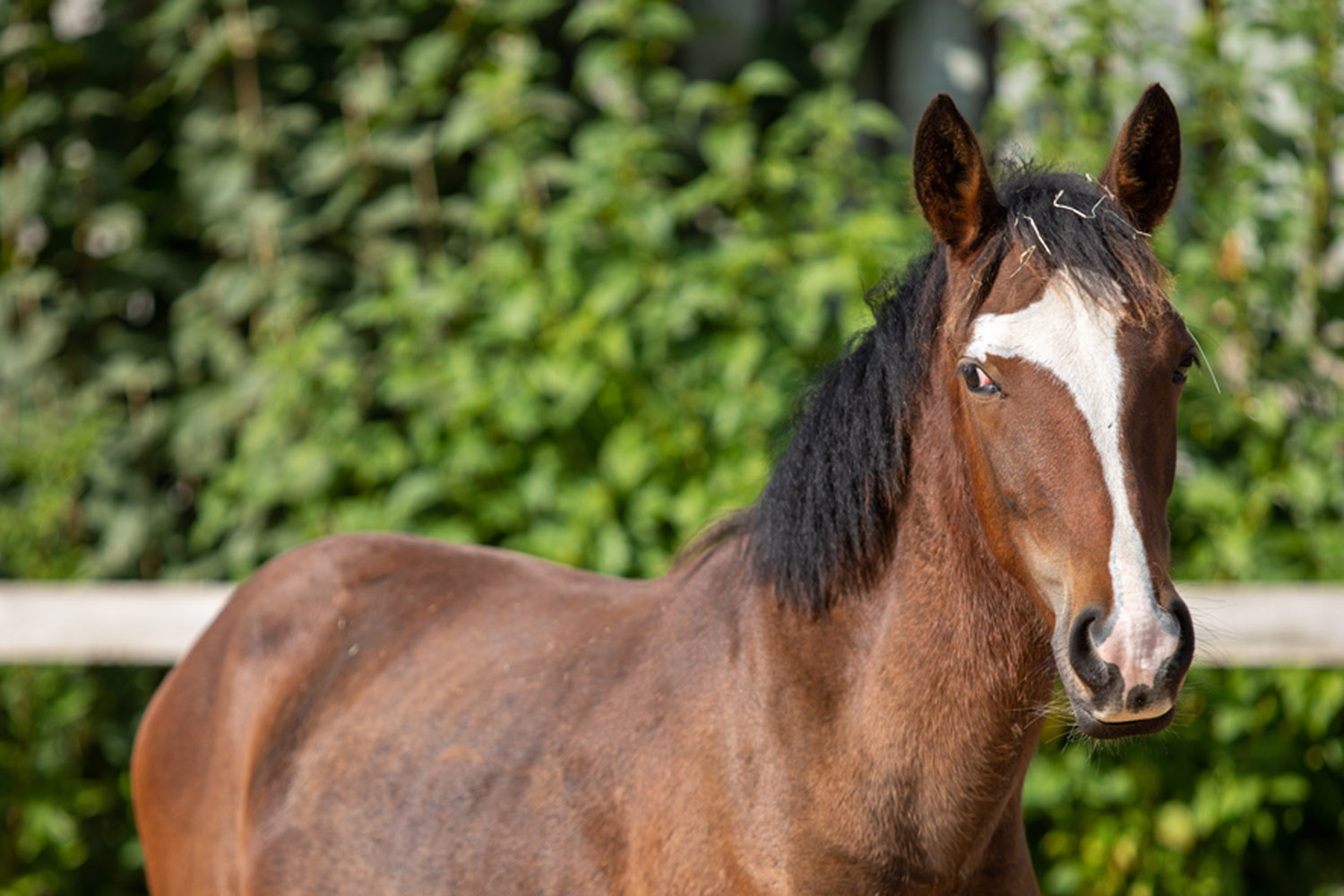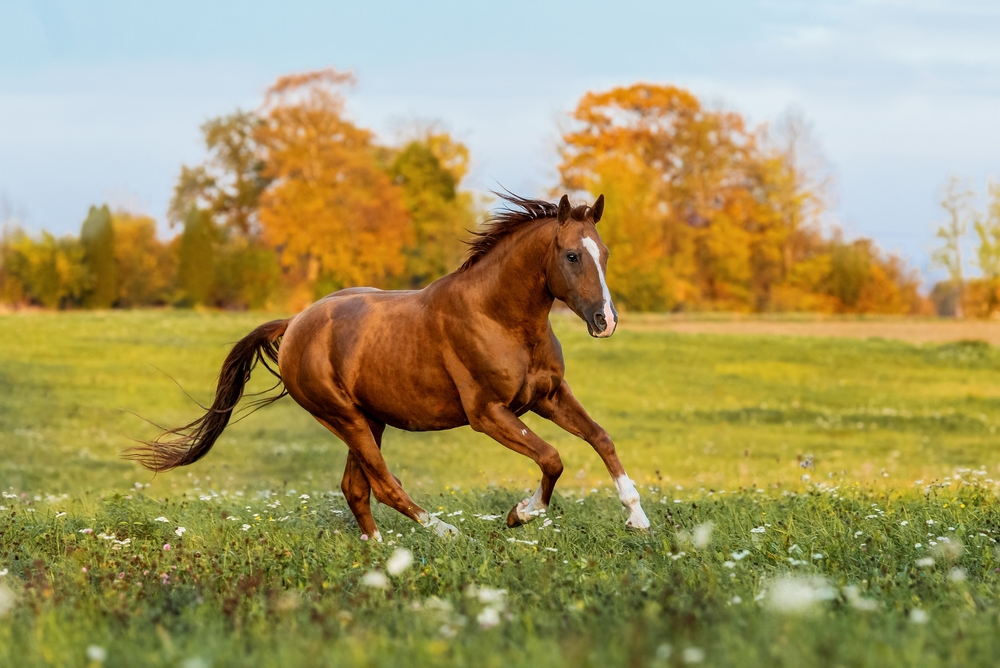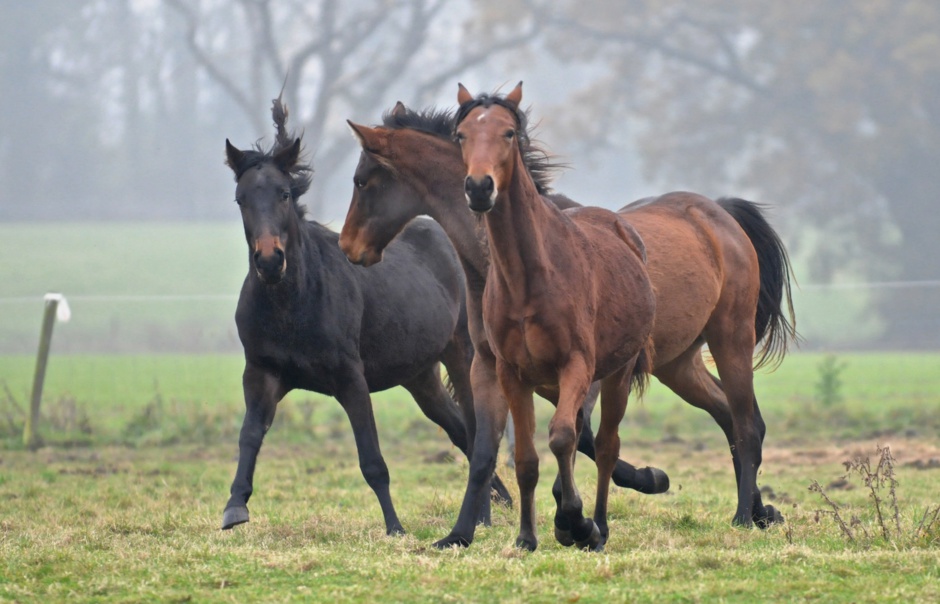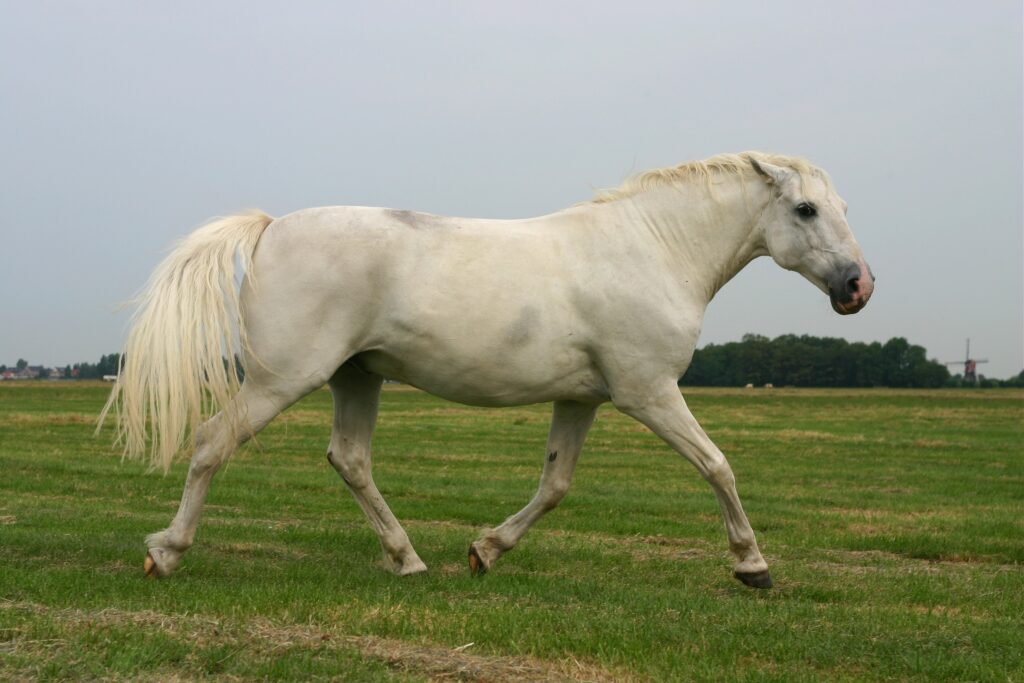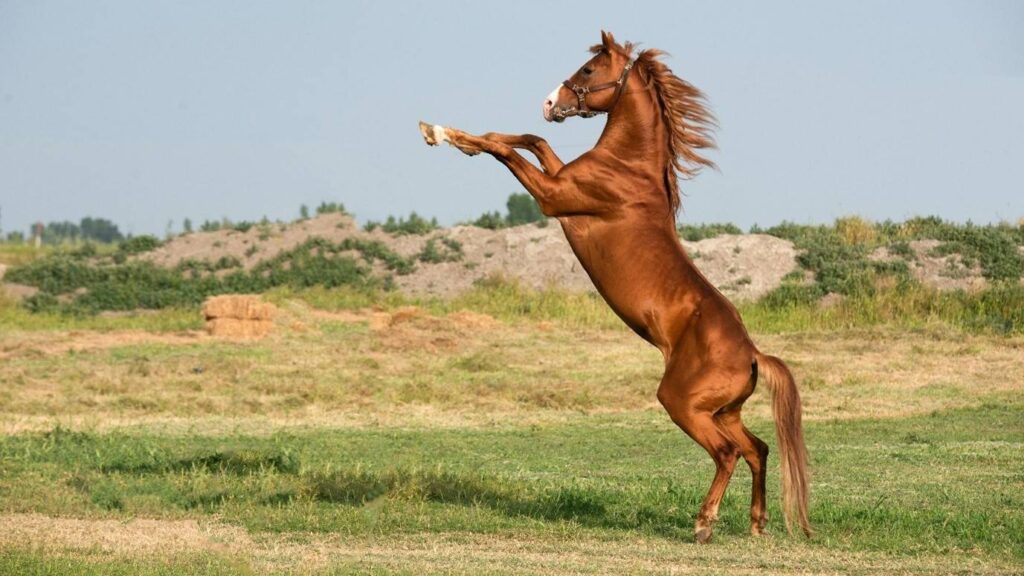Understanding equine communication can be a fascinating journey into the world of interspecies interactions. This article will delve into the unique ways in which horses interact with other animals, providing insights into their behavior and social dynamics.
Equine Interaction Methods
Horses have a variety of ways to communicate with other animals. These methods can be broadly categorized into visual, auditory, and tactile signals. Each of these categories plays a significant role in how horses interact with their environment and other creatures within it.
Visual Communication in Horses
Visual signals are a crucial part of horse communication with other animals. These signals can include body postures, facial expressions, and movements. For instance, a horse may use its ears, eyes, or tail to convey different messages to other animals.
Auditory and Tactile Communication
Aside from visual cues, horses also use auditory and tactile signals to communicate. Auditory communication involves the use of sounds, such as neighs, whinnies, and snorts. Tactile communication, on the other hand, involves physical contact like grooming and nuzzling.
Understanding Equine Behavior
Understanding horse communication can be beneficial for both horse owners and animal enthusiasts. It can help in better managing and caring for horses and fostering positive interactions between horses and other animals. For more in-depth knowledge about equine behavior, you may want to consult an equine behaviorist.
To ensure your horse’s well-being, it’s essential to keep hooves soft and provide them with the right supplements. Show your equine friend how much you love your horse by providing them with the best care possible.


